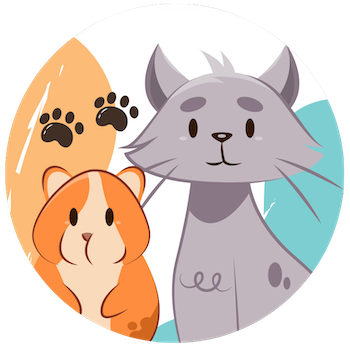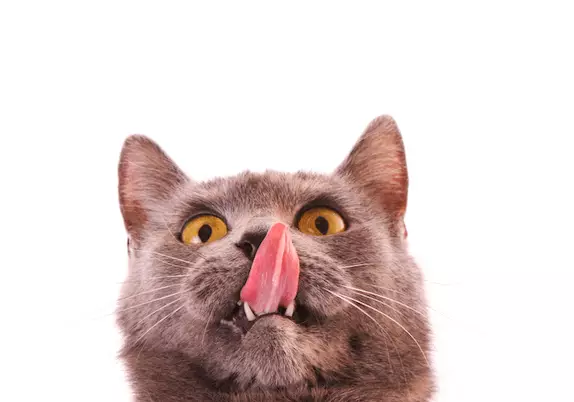Many cat owners are familiar with peculiar feline habits—air licking, purring, or vocalizations during petting sessions. These actions often go unnoticed or are dismissed as quirks, but they reveal a profound aspect of how cats communicate their comfort and emotional states. While cats are renowned for their independence, their behaviors toward humans are deeply rooted in early social experiences and evolutionary instincts. Recognizing these signals can dramatically enhance our understanding of what our cats are truly trying to convey, transforming our relationship from mere ownership into genuine empathy.
At first glance, a cat licking the air or expressing vocalizations might seem trivial or even odd. However, these behaviors are part of a sophisticated non-verbal language that cats employ to express satisfaction, trust, and belonging. Importantly, these actions are not random; they trace back to the social customs cats use within their own species. The act of mutual grooming, or allogrooming, is fundamental among feline groups during kittenhood and beyond. It is a gesture of affection and reassurance, reinforcing social bonds and establishing a sense of security among family members—whether they are other cats or humans.
Evolutionary Roots and Hormonal Connections
Understanding feline behavior requires stepping into their evolutionary past. Unlike dogs, which have been selectively bred for social cooperation for thousands of years, cats are more solitary by nature. Yet, even as solitary hunters, domesticated cats maintain a strong connection to their early social behaviors. When a cat nuzzles or licks a human, it resembles the grooming they would perform within their family groups. Such actions stimulate the release of oxytocin, a hormone intricately involved in bonding, trust, and emotional attachment. This biological mechanism underscores that the connection cats seek with their human caretakers mimics the social grooming that bonds feline family members.
When cats vocalize or lick during petting, it is often a reflection of their internal emotional state—contentment and a desire for closeness. These behaviors are signs that your cat perceives you not just as a handler but as a trusted family member within her social hierarchy. This mutual grooming-like interaction becomes a shared source of joy and reassurance, reinforcing your relationship and elevating your cat’s sense of security.
The Power of Human-Animal Bonds
Recognizing these signals as indicators of trust should inspire us to nurture our feline relationships more consciously. When a cat willingly exposes her vulnerable side through behaviors like air licking or purring while being touched, she is essentially offering a form of emotional intimacy. Such positive responses are reinforcing, translating into stronger bonds and more harmonious cohabitation. It’s not merely about petting a cat; it’s about engaging in a social ritual that satisfies core biological and emotional needs.
In a world where many animals are misunderstood, appreciating the profound ways cats communicate can positively reshape how we coexist. They are not just pets—these behaviors point to deep-seated social instincts and emotional complexity. Our role is not only to provide care but also to interpret, respect, and reciprocate their signals of love and trust. Fostering this mutual understanding can lead to a more fulfilling companionship where animal and human bonds flourish, rooted in genuine affection and shared biology.

